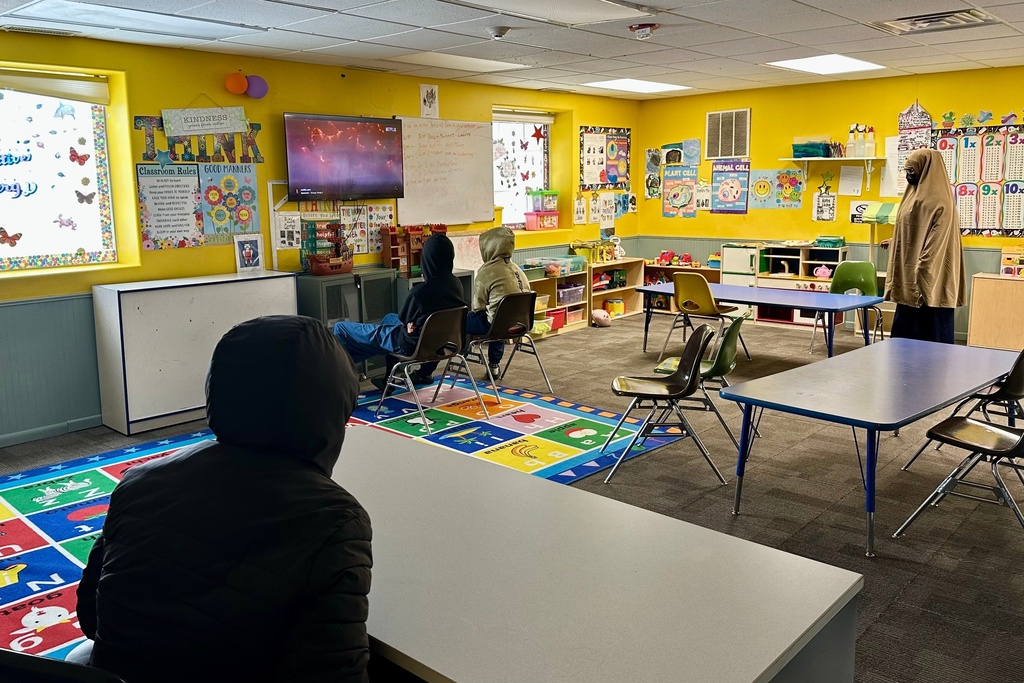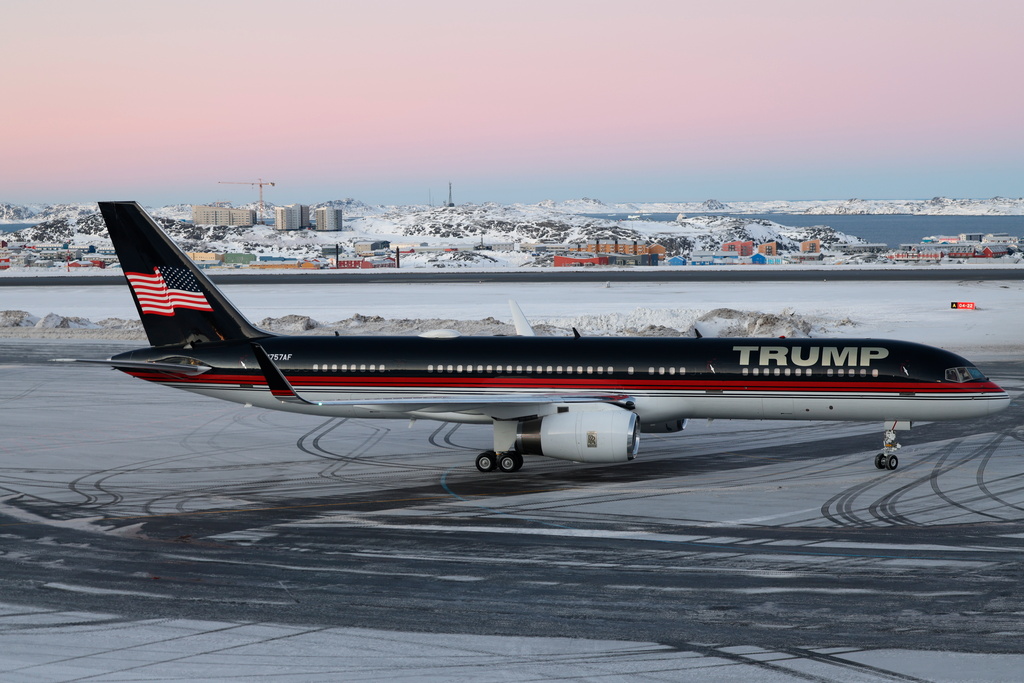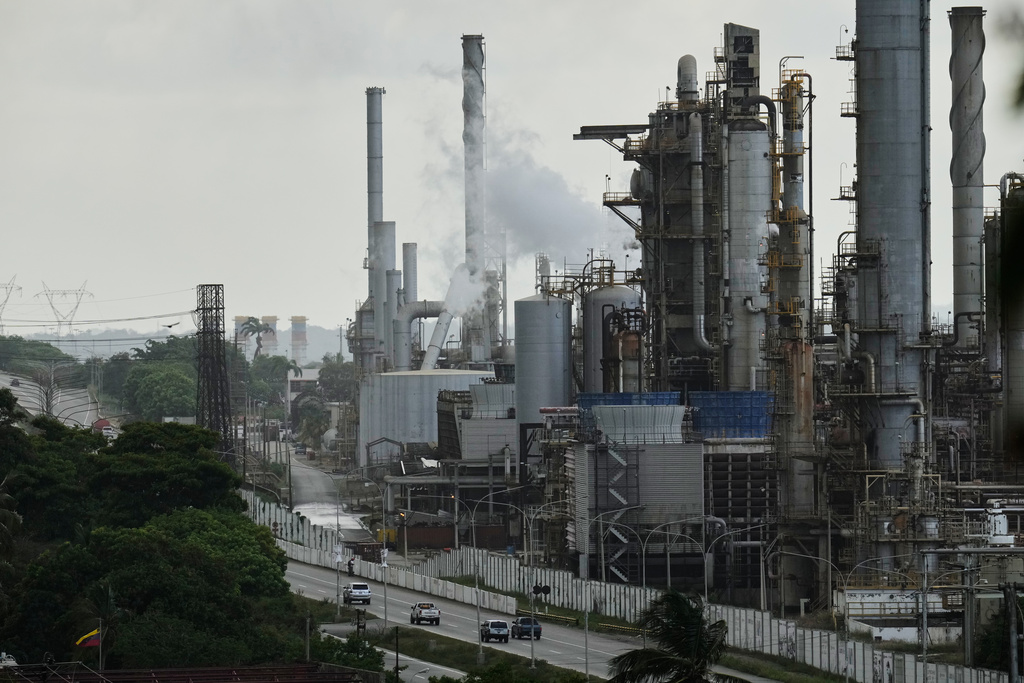The U.S.-Mexico border stretches almost 2,000 miles. It's a crossroads of cultures and trade, but also a region in transition — urbanizing and militarizing in response to drug smuggling into the U.S., and reacting to immigration between ports of entry.
Customs and Border Protection data over three years show an uptick in illegal crossings at the southwest border, from more than 458,000 encounters in 2020 to close to 2.4 million in 2022.
The mass arrivals can put a strain on local resources. Some border cities like El Paso lean on federal aid to help bus people out or shelter them temporarily, but not everyone is finding assistance.
Those who don’t turn themselves in to Border Patrol are left to sleep on streets without parole papers to access shelters.
Others have limited access to amenities like restrooms, or showers, though El Paso has brought in portable toilets and washing stations.

How immigration contributes to the labor shortage
Some economic experts say what makes the U.S. thrive are the small farms and small businesses utilizing immigrants as employees.
Some cities in Texas simply don’t have the charity network or public resources to handle a lot of people.
Far-flung Eagle Pass and Del Rio Texas have eagerly accepted help from the governor’s border security program, which includes spending on busing people out to bigger cities.
They are providing a service for migrants who otherwise would be stuck in a more rural, less resourced Texas towns.
Many migrants take up the transportation offer, but the optics of the bus program are draped in a red state blue state narrative, with the governor announcing drop-offs of dozens of asylum seekers in democratic strongholds — the suggestion being he’s offloading a Texas problem on his political adversaries.
Governor Greg Abbott’s program is called Operation Lone Star. So far it’s cost Texas more than $4 billion.
He’s asking lawmakers for another $4.6 billion, and busing migrants will continue.
Because immigration and border security naturally full under the federal government’s responsibility, cities along the Rio Grande routinely ask for help from the Department of Homeland Security, typically under FEMA grants.
Those pay for costs of busing, shelter and local police over time when needed.
But above all, they provide peace of mind to local lawmakers, when an international issue may put a strain on local finances.

Containers Used As A Border Wall Are Being Removed, But At What Cost?
Environmentalists say the container wall disrupted wildlife, but they worry their expensive removal will cost the land even more.










